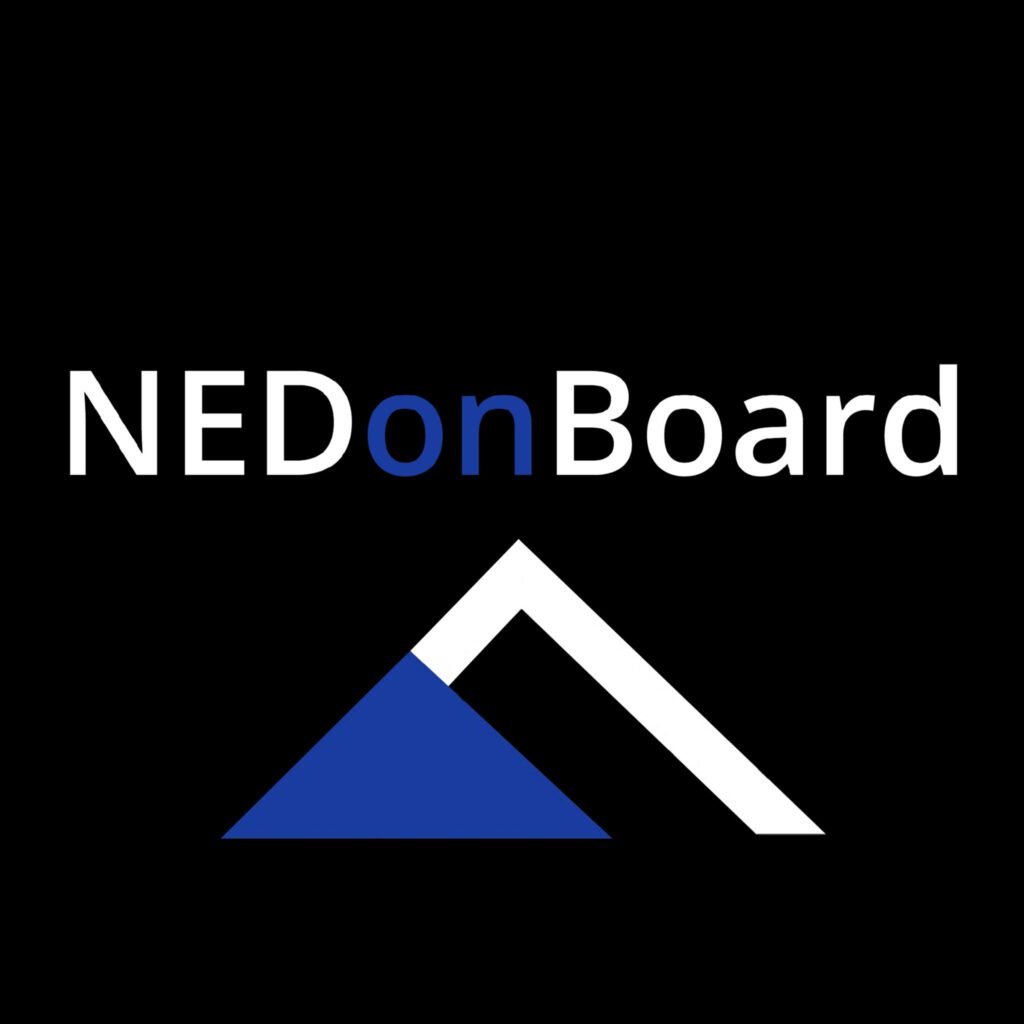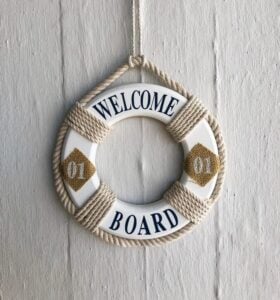Written by Elise Perraud, NEDonBoard COO
Considering the important role and responsibilities of the board, why would an organisation satisfy itself with a sub-standard board i.e. a board inadequately set up to address the organisation’s challenges, define the strategy and achieve the corporate mission? To improve the performance of the board and of individual board members, a best practice is to perform a board effectiveness self-assessment.
The board effectiveness self-assessment aims at identifying the strengths of a board, areas that need improvement and measures to achieve better performance.
The case for board effectiveness self-assessment
Here are some of the reasons to start an annual board effectiveness self-assessment process:
- Look internally at the board itself and how well functioning it is
- Reflect on the individual performance of the board members and collective performance of the board
- Clarify expectations
- Ensure that board members are aligned and abide by a shared vision
- Identify areas that need attention and improvement
- Provide feedback to individual board members
- Increase the level of board teamwork
- Provide transparency and alleviate concerns of investors, shareholders and other stakeholders requesting the result of the board effectiveness self-assessment
- Demonstrate and increase accountability of the board and its members
How to evaluate the effectiveness of board meetings?
Board effectiveness self-assessment should include three main components:
- Who – board composition, skills and attributes
- What – set of activities overseen by the board e.g. strategy, succession planning, etc.
- How – practicalities, board dynamics and board culture
The inclusion of peer-to-peer reviews can be helpful and important as non-executive directors and other board members typically get little feedback. Comments and suggestions from peers on where they add value and areas for improvement can be useful and achieve a higher performance of the board.
Related post: Board dynamics
Tips and best practices for board effectiveness self-assessment
NEDonBoard offers the following recommendations for you to implement your annual self-assessment.
- Define the self-assessment process and agree it with all board members. The process should be well-planned
- Make sure feedback given by individual board members is anonymous and confidential (to the extent this is possible, given the size and composition of the board)
- Get buy-in from all board members on the process and purpose of the board effectiveness self-assessment
- Use technology where possible to streamline the process, make the self-assessment easy and promote security and confidentiality
- Include all board members in the self-assessment i.e. the chair, the non-executive directors and executive directors
- Make sure that the results of the self-assessment are shared with the full board and take action if areas for improvement are identified
- Share the summarised board effectiveness self-assessment with stakeholders
Who leads to board effectiveness self-assessment?
This is specific to each organisation but typically the following committee and/or individuals are tasked ensuring that boards complete the self-assessment:
- Nominations Committee
- Company secretary
- Senior Independent Director
If you are an individual board member or an organisation looking to initiate a board effectiveness self-assessment for your board and needing support, please contact [email protected].
For more and to increase your knowledge and skills, please visit the Modern Board Member Masterclass course page.



